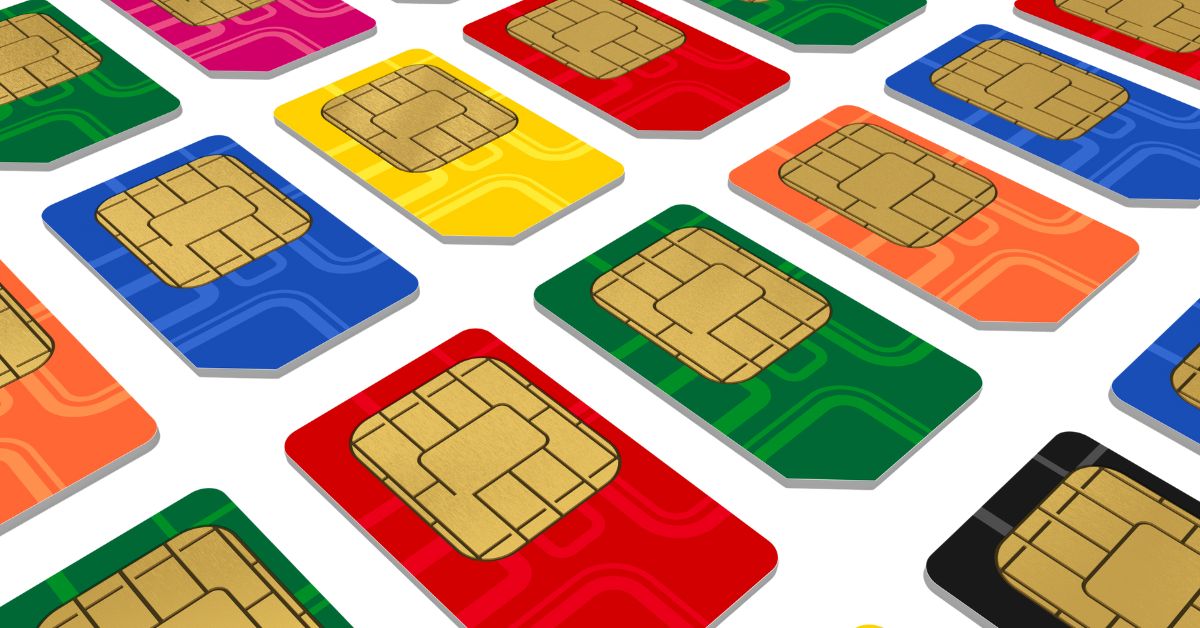With each day that passes, more and more of our lives are dependent on the telecoms network. Whilst ‘you’re on mute’ may have been hailed as the most used phrase of 2020, I would hazard a guess that ‘Can you hear me OK?’ and ‘You’ve frozen’ along with some expletive about home broadband that we don’t need to go into, would be fairly high up the list. Connectivity has permeated all aspects of our lives now, from work, to shopping, manufacturing, and banking, as well as socialising and entertainment, essentially making it a fourth utility that we can’t do without. Increasingly we want to consume bandwidth wherever we are, with a rapacious appetite for high-resolution video content.
The previous network transition from 3G to 4G offered much promise and significant improvement in video viewing but has not been able to keep pace with the appetite of both businesses and consumers. Video is now firmly embedded in social media and agile businesses seek to have their software and communications in the cloud.
5G is set to have the fastest global roll-out of any generation of mobile network technology. And with good reason, too, as Cisco predict that mobile video will account for 79% of mobile traffic by 2022. In 2018, Ericsson forecast 1.5 billion 5G subscriptions globally by the end of 2024, but following rapid early momentum and consumer enthusiasm, they have since re-stated this number to be 1.9 billion.
According to IBM’s Telecom’s 5G future report, when asked whether they would consider to subscribing to a home 5G WiFi service, 96% of respondents in emerging countries and 95% in mature countries said they would, or maybe would consider subscribing to a 5G service if it was available. This shows some dissatisfaction in consumer broadband services, or at the very least a degree of anticipation that the best is yet to come.
On the mobile handset side of things, according to IBM, in their 2019 Global Consumer Survey – 51% of respondents said they would certainly use 5G, and would be prepared to pay more for better mobile and streaming quality, with 28% saying they would switch ASAP – even if not eligible for a phone upgrade. Can you imagine downloading an HD film in five seconds? The same movie would take 10 minutes to download over 4G and a whole day over 3G! It’s not hard to see why video-hungry consumers would be prepared to pay more for such a service!
30% of consumers surveyed say they are excited about 5G smart home applications, with only media and entertainment types of 5G applications ranking higher. The manufacturing industry is going to need to work hard to develop relevant product evolution to avoid being left behind by the competition. While all of this is great news for consumers, the most significant value of 5G will not come from connecting people, but from its ability to provide seamless connectivity to infrastructures, machines, and things. The blending of 5G, edge computing and AI represents a unique foundation to support new ground-breaking use cases in almost every industry, from manufacturing and automotive to healthcare and agriculture.
Manufacturing is expected to be the largest beneficiary of 5G services. The combination of 5G, edge computing and AI will be a driver of the next Industrial Revolution— Industry 4.0—with billions of machines, devices, and sensors just waiting to be wirelessly connected. This will become the backbone of manufacturing and related services in the future. It will be powered by robotics, AI, IoT, 3-D printing, AR, and cloud technologies, all of which will use 5G technology to allow machine-to-machine learning.
In Australia, Telstra opened their 5G Innovation Centre in 2018, to test 5G and related technologies, and to develop products and services that take advantage of cutting-edge technology. Some examples of cases they have evaluated include immersive media, augmented and virtual reality, 5G mobile gaming and autonomous driving. 5G smart drone technology has been applied to support surf lifesaving and robotic arm technology facilitates a range of industrial applications that require precise control. It seems that the limit of the trilogy of 5G, Edge and AI, is purely the imagination.
If you would like any more information on the ways that 5G can help you or your business drive a competitive edge, or improve operational efficiency, contact our team of experts.





